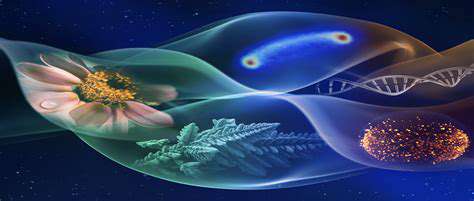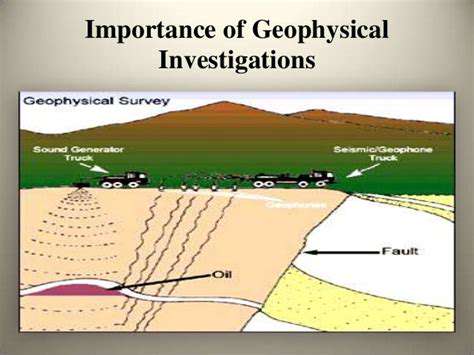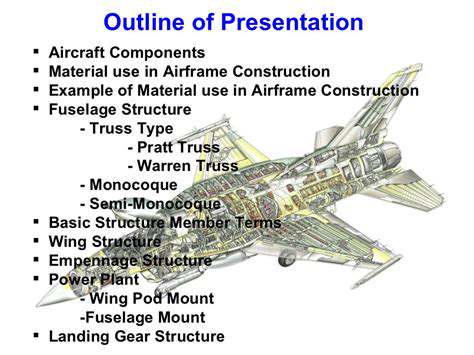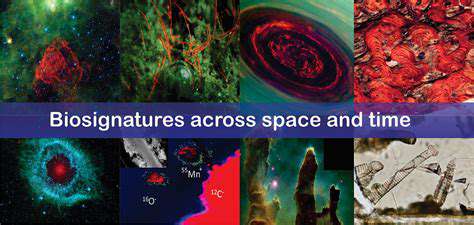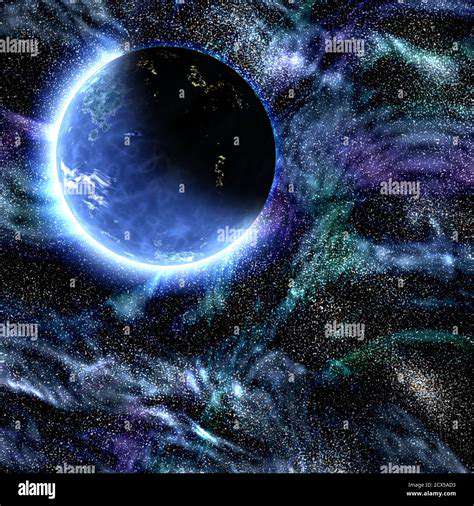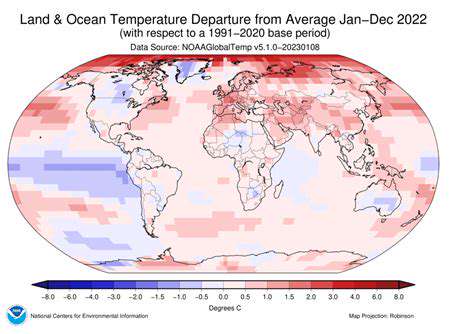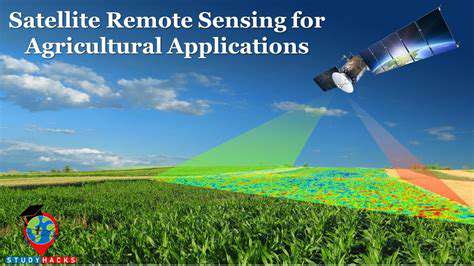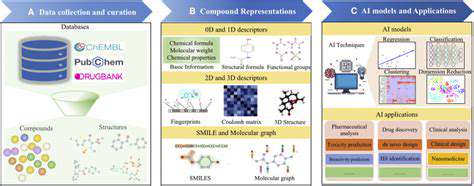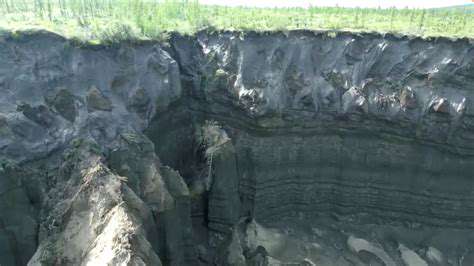Composition and Properties of Lunar Dust
Composition of Lunar Dust
Lunar dust, a ubiquitous feature of the lunar surface, consists mainly of finely ground rock and mineral particles. This powdery material forms through meteoroid impacts, past volcanic activity, and constant micrometeoroid bombardment. The dominant minerals include oxygen, silicon, magnesium, iron, calcium, aluminum, and titanium, all sourced from pulverized lunar regolith. These elements' proportions vary across the Moon's surface, reflecting each region's unique geological history.
Examination of Apollo mission samples and robotic probe returns revealed a complex chemical structure. These samples contain substantial iron oxide concentrations, contributing to the reddish-gray hue characteristic of lunar dust. Unlike Earth's dust, lunar particles remain chemically concentrated and pristine due to the absence of atmospheric weathering processes.
Physical Properties of Lunar Dust
Lunar dust displays unique physical characteristics that set it apart from terrestrial soil. With grain sizes typically under 100 micrometers, it exhibits extraordinary adhesion capabilities. This clinging behavior presents serious challenges for lunar equipment, potentially causing malfunctions and contamination issues.
The dust also accumulates electrostatic charges, potentially forming hazardous dust clouds. This phenomenon stems from the Moon's low-pressure environment and the particles' distinctive composition. Iron oxides and other conductive minerals further influence these electrical properties.
Compared to Earth soil, lunar dust has lower density due to porous particles and no organic matter. This characteristic impacts lunar habitat and equipment design, necessitating special considerations for structural stability.
Adhesion and Agglomeration of Lunar Dust
The dust's persistent adhesion poses significant challenges for lunar exploration. Its fine particles and electrostatic nature cause accumulation on sensitive equipment, potentially leading to operational failures. Understanding these mechanisms is crucial for developing effective mitigation strategies to protect equipment and ensure mission success.
When particles clump together, they form stubborn aggregates that complicate cleaning efforts. These formations can severely impact delicate instruments' performance, making research into prevention methods essential for future lunar missions.
Health Impacts of Lunar Dust
Potential health effects on astronauts remain a critical research area. The dust's fine, sharp particles may cause respiratory issues and irritation upon inhalation. Without atmospheric protection, astronauts face significant exposure risks that could lead to long-term health consequences.
Electrostatic properties may also pose health risks, potentially causing electrical shocks or tissue damage. Further research is needed to fully understand these health implications and develop appropriate protective measures for lunar explorers.
Health Implications for Astronauts
Health Impacts of Lunar Dust Exposure
Lunar dust's unique characteristics – sharp edges, electrostatic charge, and inhalation potential – present multiple health risks. Exposure may lead to respiratory problems, skin irritation, and potential long-term health effects that could impact astronauts during and after missions. Understanding these risks is vital for developing effective protection strategies.
Current research focuses on how these particles trigger inflammation and oxidative stress, which could lead to various health issues. This knowledge will inform the development of specialized protective gear and countermeasures for lunar surface operations.
Respiratory System Effects
The dust's fine texture makes it particularly dangerous for lungs. Inhalation can cause irritation, inflammation, and potentially trigger asthma or worsen existing conditions. Long-term exposure risks include serious lung damage, making respiratory protection systems and health monitoring essential for lunar missions.
Skin Irritation and Damage
Direct contact with lunar dust can cause skin abrasions and irritation. The particles' sharp edges may scratch skin, increasing infection risks, while electrostatic properties could worsen inflammation. Developing appropriate protective clothing and skin care protocols is essential for astronaut safety.
Eye Irritation and Vision Problems
Dust particles pose serious risks to eye health, potentially scratching corneas and causing vision impairment. Effective eye protection is crucial for maintaining astronaut vision throughout missions and preventing long-term damage.
Potential for Allergic Reactions
Lunar dust's mineral composition may trigger allergic reactions in some individuals. While research continues, pre-mission assessments and ongoing medical monitoring can help identify and manage potential allergies.
Long-Term Health Effects
The full extent of long-term health consequences remains unknown. While immediate effects like respiratory and skin issues are documented, potential chronic conditions require further study. Long-term monitoring of returning astronauts will provide crucial data on lunar dust's lasting health impacts.
Mitigation Strategies and Future Research
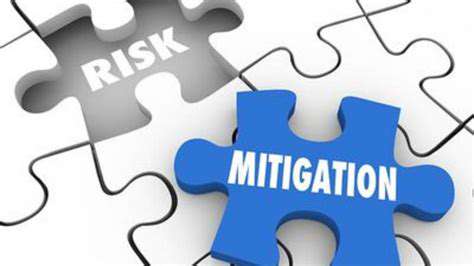
Early Detection and Prevention
Early risk detection systems are crucial for effective mitigation. Proactive monitoring allows for timely intervention and reduces potential escalation. Regular security audits and vulnerability testing help identify weaknesses before exploitation.
Risk Assessment and Analysis
Comprehensive risk assessment forms the foundation of effective mitigation. Identifying threats, evaluating their likelihood and impact, and prioritizing responses are essential steps. Understanding specific risks enables targeted mitigation strategies that address both internal and external threats.
Incident Response Planning
A detailed incident response plan is vital for managing cybersecurity events. Clear procedures for detection, containment, response, and recovery minimize potential damage. Defined roles and communication protocols ensure efficient incident management.
Security Awareness Training
Employee education significantly reduces cybersecurity risks. Regular training improves threat recognition and reporting. A security-conscious culture minimizes human error risks and malicious insider threats.
Technical Controls and Infrastructure Security
Robust technical protections prevent unauthorized access. Firewalls, intrusion detection systems, and multi-factor authentication enhance security. Regular updates maintain system integrity by addressing vulnerabilities.
Collaboration and Information Sharing
Industry and government collaboration improves threat awareness. Information sharing strengthens collective security and enables rapid response to emerging threats.
Data Backup and Recovery
Comprehensive backup procedures minimize data loss risks. Multiple backup locations and cloud solutions ensure business continuity after incidents.
